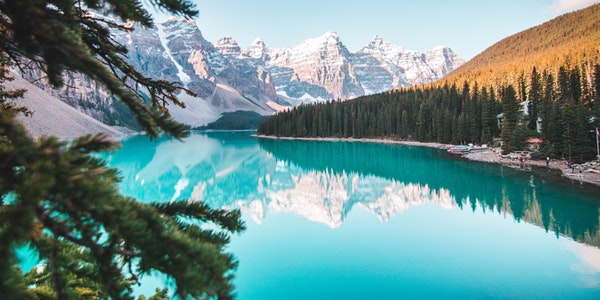Table of Contents
Early Morning and Dusk
Professional landscape photographers pay the most attention to the grasp of early morning and dusk. The natural light during this period is mild, and the sun angle is low, so that the scene can not only show more details, but also the long shadow will create a three-dimensional effect. In addition, in the early morning and evening when the sun angle is low, the color temperature outside is low, and nature is cast in a warm tone, and we can also see the unusual side of nature in the viewfinder.
Early morning and evening hours are also the best times for direct expression of the sun. Things like sunrise and sunset are the subjects that landscape photographers pay the most attention to. The weather is also an important factor for landscape photography. In the early morning and dusk, the sky will appear blue in many cases, which is one of the important reasons for choosing to shoot at this time.
For digital SLR cameras, when shooting in the early morning and dusk, it is necessary to grasp the camera’s white balance function. If you want to record the color temperature of the scene light, it is best to set the white balance to daylight mode, otherwise the camera’s automatic white balance function will automatically change the color temperature, so that the photos taken in the early morning and dusk will lose their original color charm.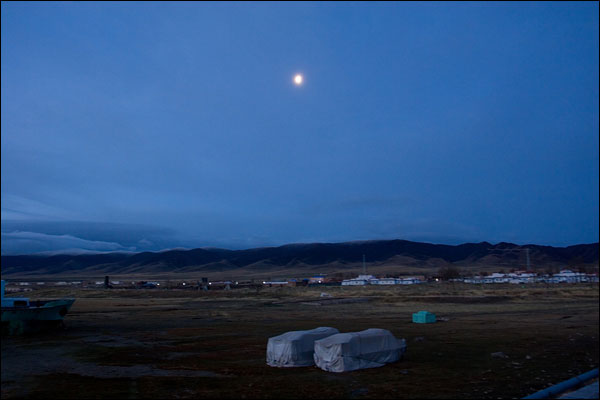
Noon
Under the strong light of noon, it is not a favorable time for landscape photography. However, through reasonable selection of materials, you can take excellent photography unexpectedly. If the top light at noon is used in the woods, it can show the transmission state of light, just like the leaves in the photo and the blurred leaf gap in the background. However, due to the strong light at noon, the leaves or water surfaces that are directly irradiated often produce reflections, so that the original rich colors of nature will be greatly reduced.
When choosing a scene to shoot, try to avoid this as much as possible. In well-lit situations, you can safely shoot with a telephoto lens and a small aperture. A sufficient amount of low light can ensure the clarity of the picture, and it is also a favorable time to capture scenes with motion such as water splashes.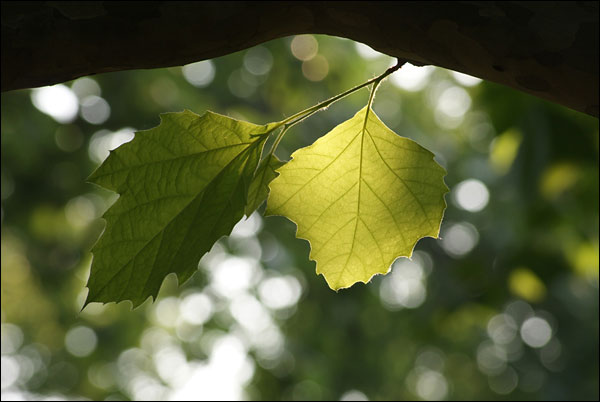
Cloudy Day
Excellent landscape photography is not only born in fine weather, on the contrary, many experienced landscape photographers often choose to go out to shoot in bad weather. For example, on cloudy days, the sun’s rays pass through the clouds, which will produce soft and even scattered light, and the contrast in nature will become very low. This is more conducive to the performance of the sense of hierarchy.
At the same time, on cloudy days, the direct sunlight of the sun is missing. And the reflection of the ground scene will be weakened, so that the colors and details will be richer. The atmosphere of the cloudy day is also different from usual. And the photos taken at this time will have a hint of melancholy and low color. This will impress people from another aspect. When shooting a cloudy landscape subject, always pay attention to setting the camera’s exposure compensation to avoid the automatic exposure function causing the picture to be too bright, thus losing the unique atmosphere of the cloudy day.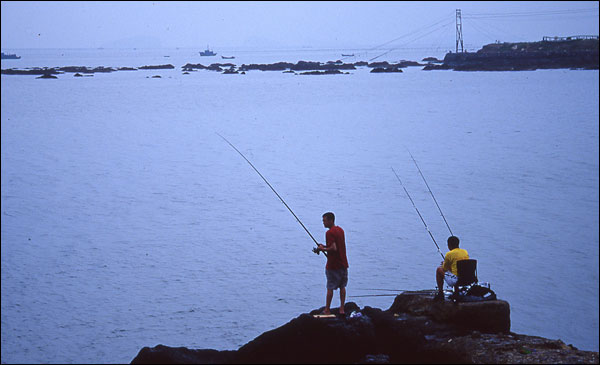
Image of Fog
In landscape photography, the successful use of fog can lead to profound works. Clarity is a must for a photo. But a photo with all elements clearly presented is not necessarily a good landscape photography. Like this photo of the lake taken in the fog, the hazy vista creates a profound artistic conception, dilutes the figurative scene. And it makes the viewer seem to be in a dream. At the same time, the clear pavilion in the close-up view is used to pull the viewer back to reality again.
The shooting of foggy scenes is a test of the photographer’s ability, especially the selection and matching of foreground and background. And the echo of theme and object. Only by walking more, shooting more, and comparing more, can we grasp the shooting skills of fog scenes.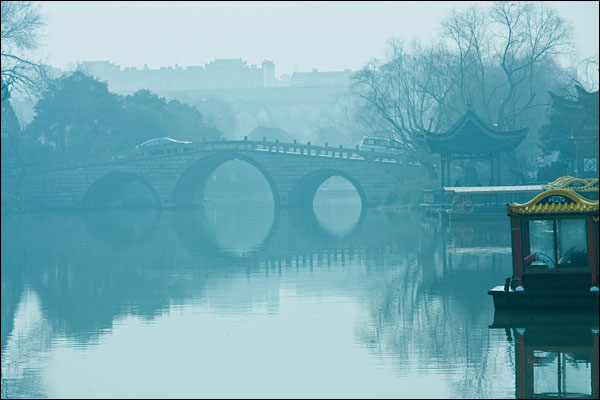
Wind and Rain
Using the power of wind, you can express the vitality and agility of nature. This is the so-called bells and whistles. In this photo of windswept reeds, a low-angle shot captures a calm blue sky and golden reeds swaying in the wind. There is a sharp contrast between the two, and the dynamic and the static complement each other.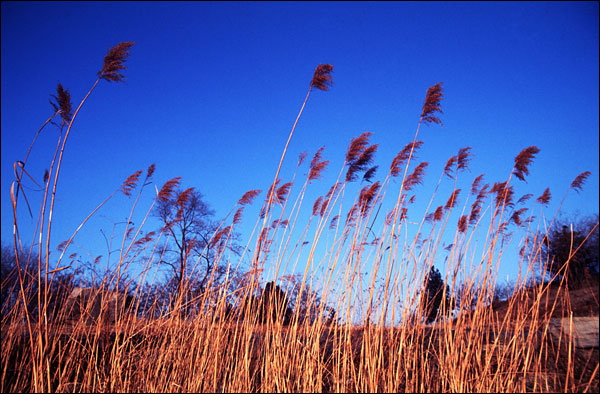
In landscape photography, there are many ways to express the characteristics of rainy days. For example, choosing a darker background and a slightly longer exposure time can freeze the rain in the picture. In addition, you can also choose a place with standing water to photograph the ripples that the rain hits in the puddle.
